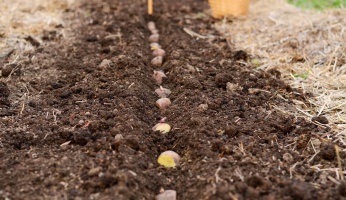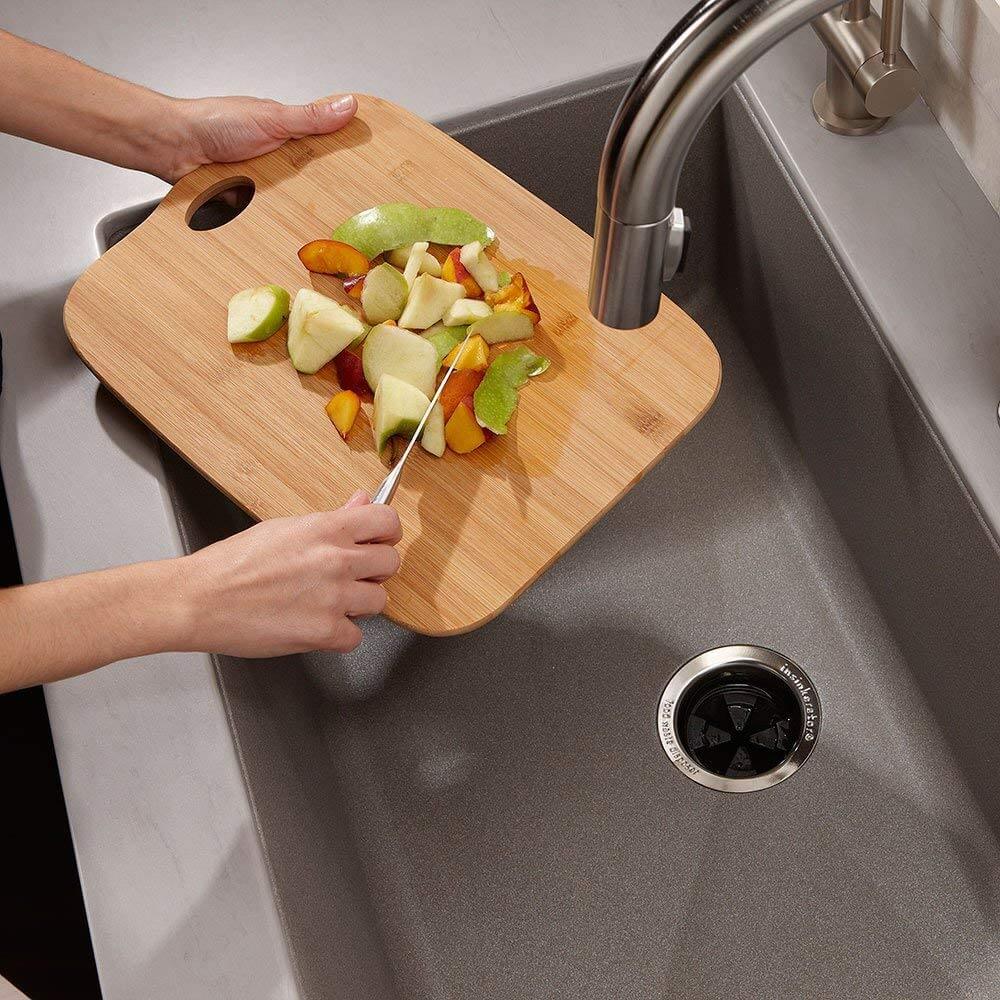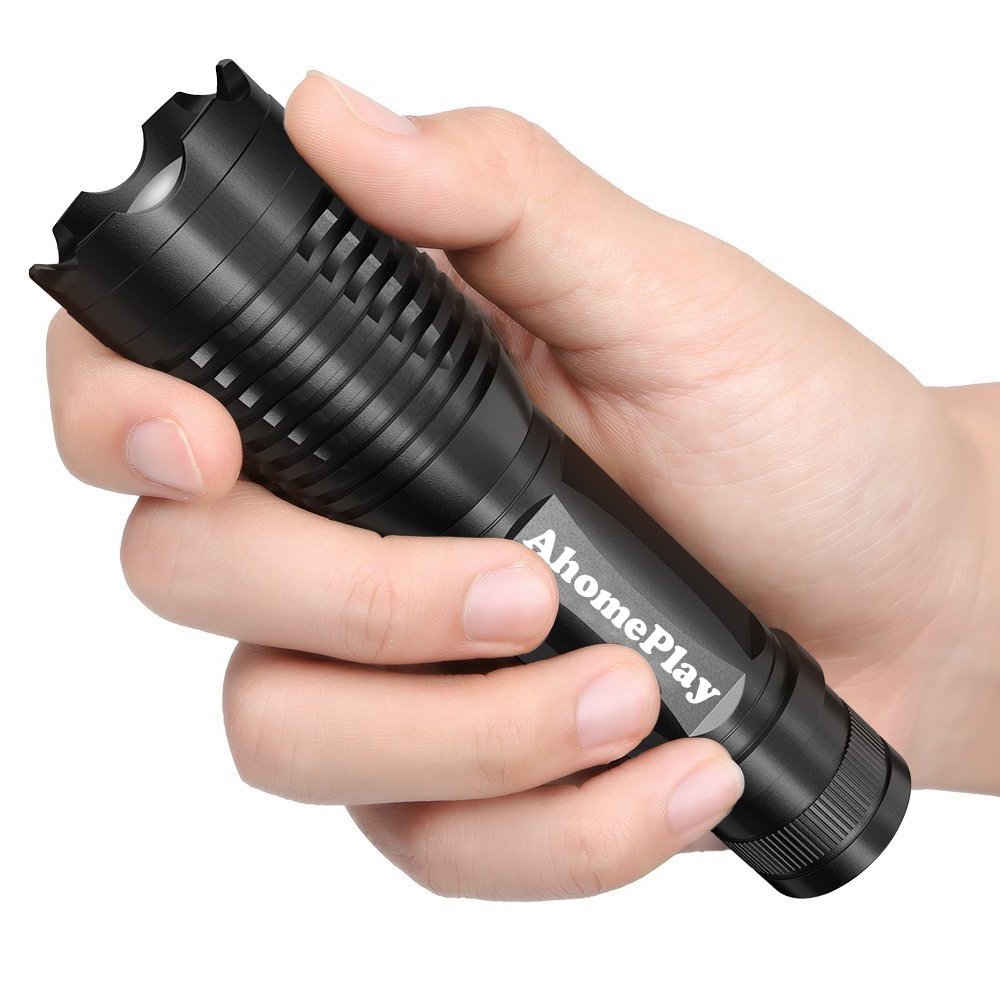- No Obligations
- Stop Paying Too Much For Your Contractor
- No Spam Calling
- Screened & ID Checked Contractors only!
The Right Time to Fertilize Your Lawn
0
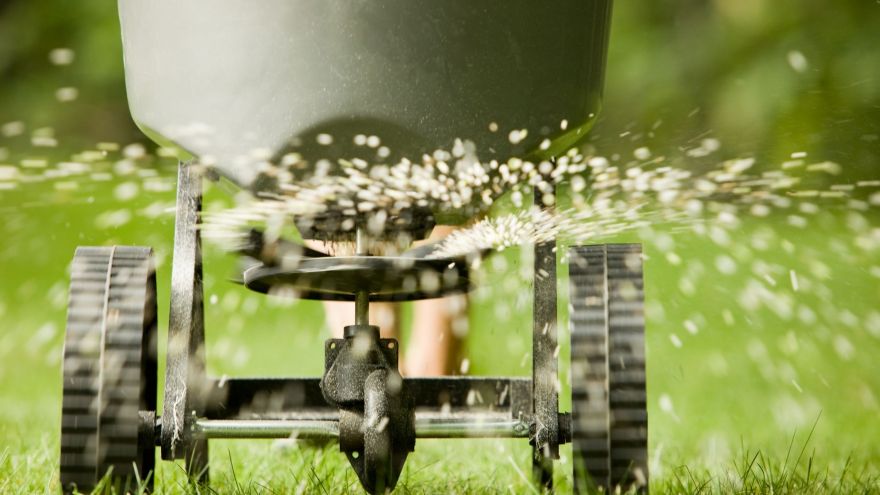 The Right Time to Fertilize Your Lawn
earlyexperts.net
The Right Time to Fertilize Your Lawn
earlyexperts.net
Fertilization is a key step in the maintenance of any lawn. On this, most people agree. Where there is some discrepancy in opinion, however, is over when this should be done.
When, perhaps is the wrong question, though. The better one to ask yourself when it comes to lawn treatment within which seasonal climate.
Below, we will outline how these two questions are different and what the variables are in addition to some general tips to help you maximize the effects of fertilizer on your lawn.
Season Vs. Climate
Most lawn care experts will tell you that Spring is the best time of year for first treatment fertilizer. They use the season as a rule of thumb to account for the temperature of the soil, which tends to warm in the spring to a level where it can begin to absorb the fertilizer’s nutrients more efficiently.
The problem with using Spring in general as a mark for when fertilization should take place is the simple fact that early Spring can be much colder than the desired temperature range for fertilization, and late spring much hotter.
Additionally, the adherence to the seasonal rule may cause homeowners and lawn enthusiasts to miss other opportunities for fertilizer application at different times throughout the year.
Rather than worry about the season, it is best to focus instead on temperature. The best time to fertilize is when the soil temperature reaches 55 degrees Fahrenheit. At this temperature, you will begin to see the first sign of lawn flowers (or weeds, depending upon how you look at it).
While certainly for much of the country, 55 degree soil means mid April or early May, based on this number there are also plenty of opportunities for fertilization in the fall. In fact, the national average soil temperature across the country for April and May is almost identical to that of October and November.
The outliers in the continental U.S. are southern states. Texas, for instance, sees prime fertilization soil temperatures at the end of November through February.
Based on this data, it is plain to see that the best time for fertilization is contingent on many different factors. The primary one is temperature, which is simply a starting point for the other considerations that should be made like the geographic climate where you live and the months where soil temperatures mimic that of spring and fall for most of the country.
Fertilization Tips
Composition
Now that you have a good sense of when fertilization should be done, it is important to understand the composition of fertilizers and what components to look for when you make your ultimate choice.
Most fertilizer labels will advertise the percentages of the three baseline elements common to most products. These elements are nitrogen, phosphate, and potassium, and they are the primary nutrients your lawn needs to flourish. The rest of the mix is comprised of filler to ensure an even spread. As you shop fertilizer products, you will want to look for a 20-5-10 mix, or one that contains 20 percent nitrogen, 5 percent phosphorus, and 10 percent potassium.
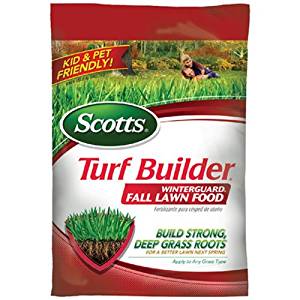
It is also a good idea to use a “slow release” fertilizer. The components of a slow release fertilizer break down over a longer period of time, which means you can go longer in between applications. This is perfect for regions of the country where soil temperature is around 55 degrees in the spring and fall.

The nitrogen in the fertilizer promotes a lush, green lawn, but it also speeds lawn growth. That said, you are looking to get the grass as green as possible without it growing too fast. To accomplish this, you need to be conscious of the volume of nitrogen in the product and the overall volume of fertilizer you are spreading with each application.
A good rule of thumb to monitor the amount of nitrogen absorbed in your lawn is no more than one-tenth of a pound per week. So, if you have a one pound bag that is comprised of 20 percent nitrogen, you should only apply half of that bag to your yard each week that the soil is within the adequate temperature range.
When it comes to application types, you may see professional landscapers treating lawns during growing seasons with liquid fertilizers. While this goes much faster than a granular product, it is also quite difficult to spread evenly. For the average homeowner, it is best to stick with a granular product and an old fashioned spreader.
PRO TIP: When filling your spreader, make sure the hopper is closed and try to fill it on the driveway or over a tarp. This will ensure you do not spill a pile of fertilizer in one isolated area. Too much granules in one spot can burn and kill the grass for good, leaving you with a big brown bullseye amidst a sea of green.
Another important, but often overlooked aspect of optimal fertilization is the rate at which you water your lawn. Certainly it is important to turn on the sprinkler. After all, grass is a plant, and like any other plant, it thrives on sunlight and water. That said, there is a such thing as over watering.
The more you water your lawn, the more it will grow, and thus, the more fertilizer it will need. With a regular sprinkler system, fertilizer application should take place every six weeks during a growing season. If you are depending on nature to handle your grass’s thirst with a few manual waterings in between rain, you can go about two months before fertilizing again.
Conclusion
As you can see, there is much more to lawn maintenance than sun, water, and some random applications of fertilizer. There is a reason horticulture is a science, and if you aspire to have a plush, green lawn you will need to adhere to what science says about temperature, nutrient balance, and watering.
To summarize, the growing season is any time the soil temperature reaches 55 degrees for an extended duration. For most of the country this is spring and fall. Always opt for a product with a 20-5-10 nutrient balance and stick with granular. Spread evenly, and remember not to over water and your lawn is sure to be the envy of neighborhood.

